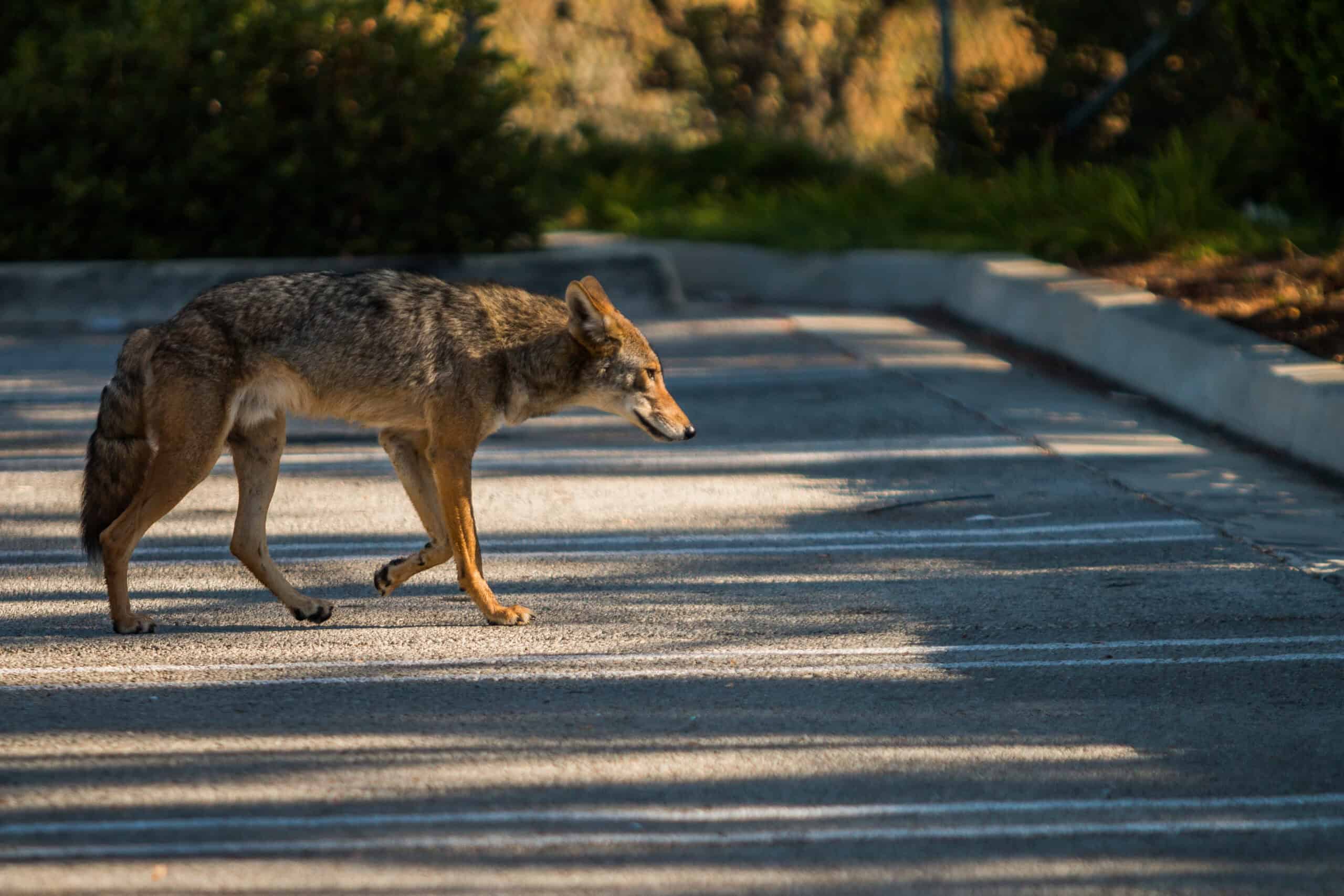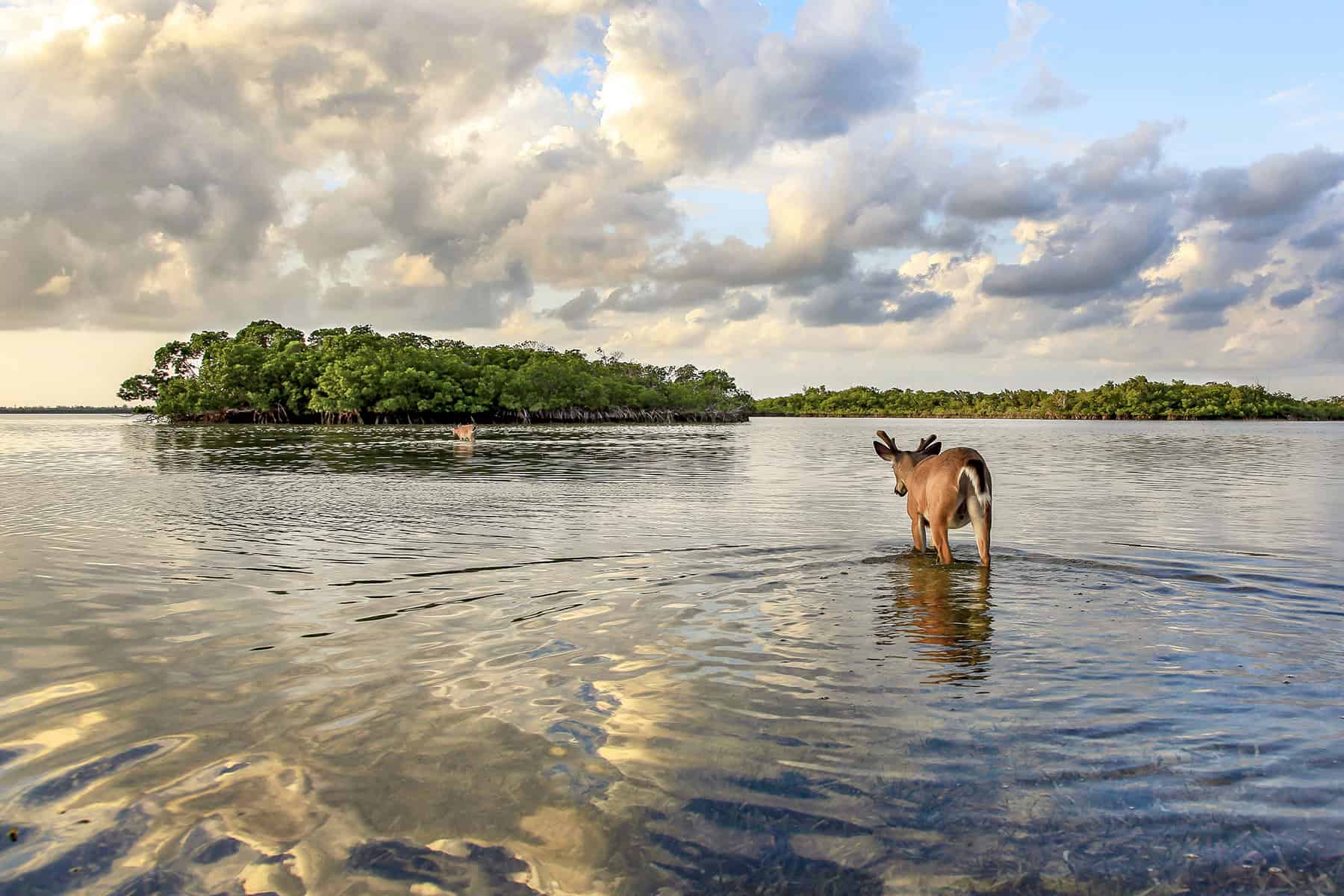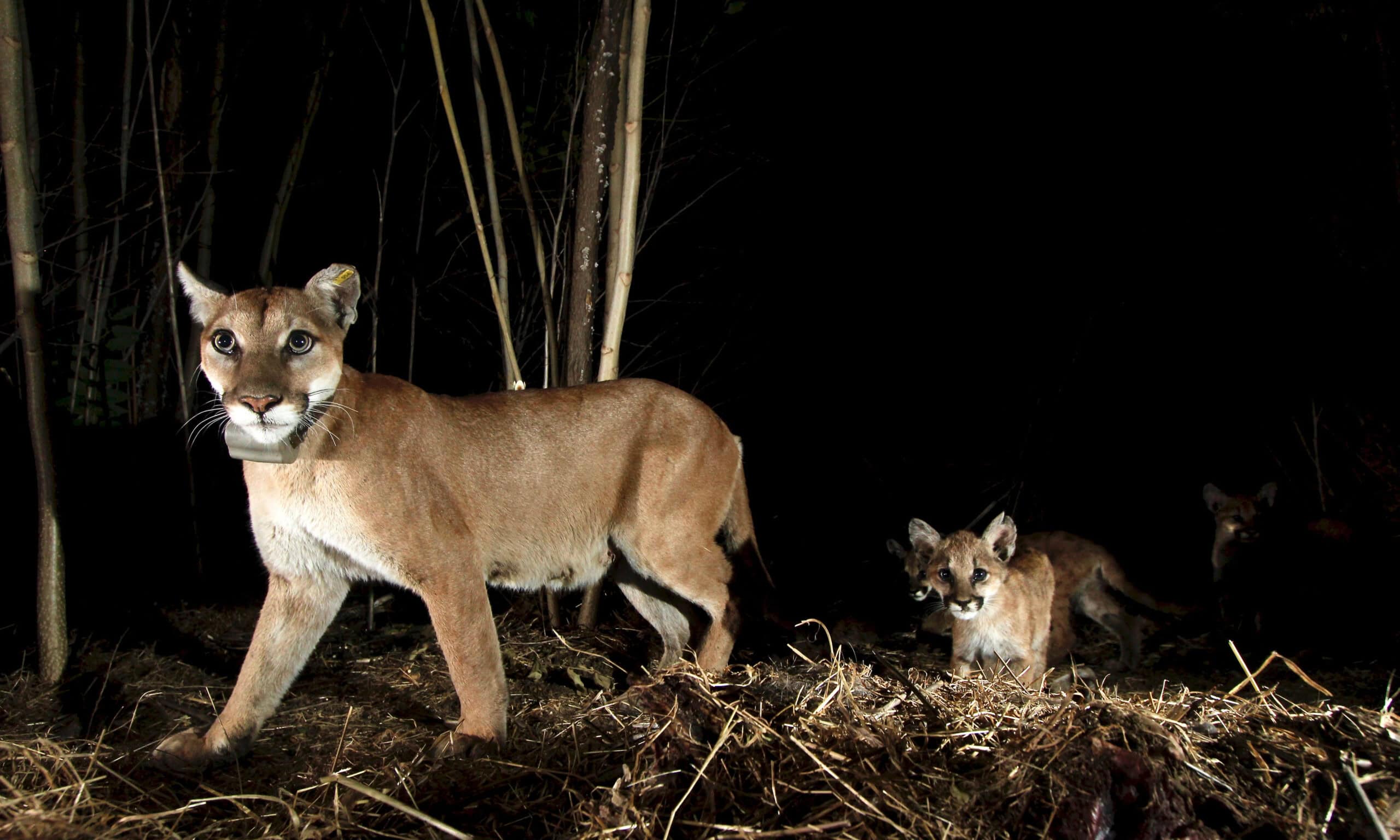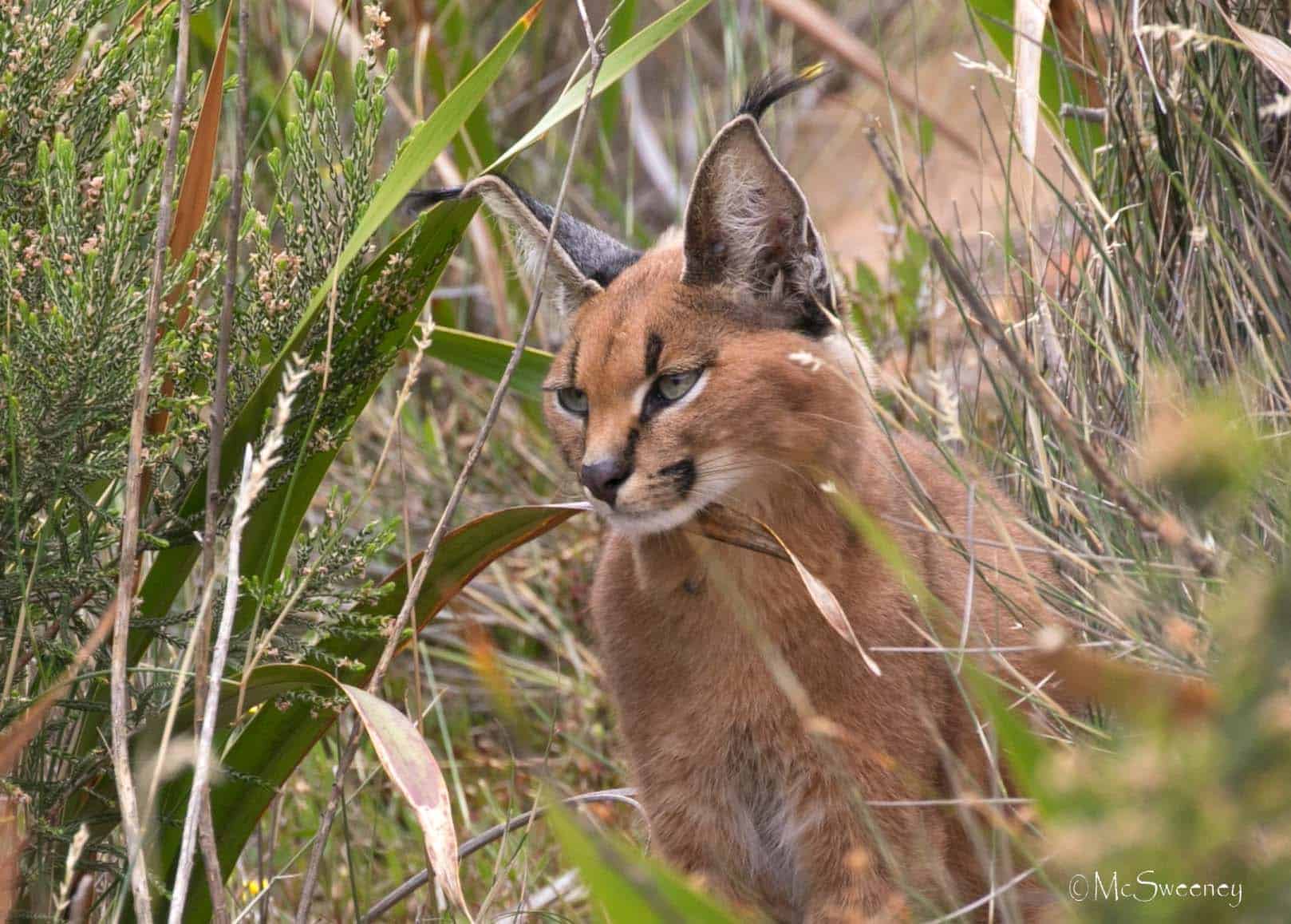Share this article
Wildlife Featured in this article
- Coyote
Urban coyotes live longer in highly populated areas
Both high population density and low socioeconomic status in neighborhoods are linked to longer lifespans in Chicago coyotes
The same socioeconomic pressures that shape human communities can trickle down to urban wildlife, outweighing natural influences. Although human presence is correlated with lower survivorship in other species, coyote (Canis latrans) lifespans were longer in areas with greater human population. Additionally, coyotes in lower-income neighborhoods were 1.5 times more likely to reach two years of age than coyotes in high-income neighborhoods. Researchers speculate that more densely populated areas provide ample resources like food and shelter to Chicago’s coyotes, both of which are crucial for the animals to weather the city’s harsh winters. Higher-income neighborhoods, where urban parks and golf courses are common features, may have a greater density of coyotes—but also greater competition, lowering overall survivorship. “It could speak to how adaptable they are that they might prefer natural habitat, but at least in terms of survival, they can do just as well in more urbanized areas,” said Emily Zepeda, the study’s first author and a postdoctoral researcher at The Ohio State University’s School of the Environment and Natural Resources.
Read the study in Urban Ecosystems.
Header Image: Coyote populations are denser in urban areas where humans are less dense. Credit: Connar L'Ecuyer, Santa Monica Mountains National Recreation Area








